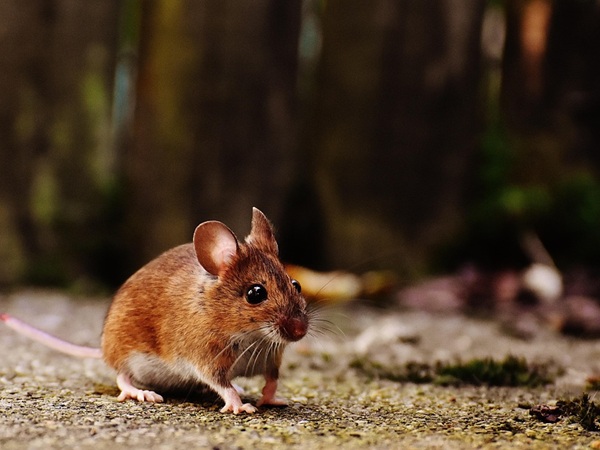BALTIMORE, MD—While most of us bundled up and hunkered down through Maryland’s colder-than-usual winter, we weren’t the only ones seeking shelter. Rodents and other pests were doing the same, and according to one pest expert, this year’s icy season may have set the stage for a serious summer invasion.
“People assume that freezing winters kill off pests, but it’s not that simple,” says Zachary Smith, founder of Smith’s Pest Management. “In many cases, the cold actually drives pests deeper into our homes, barns, and crawlspaces, where they stay safe, warm, and well-fed. Once they’re in, they don’t just survive – they thrive.”
Maryland’s winter, which saw temperatures dip well below seasonal averages, brought more snow cover than usual to many parts of the state. While that may have felt like a nuisance at the time, Smith says it created ideal conditions for pests like mice, rats, and even overwintering insects.
“Snow acts like a thermal blanket,” he explains. “It might feel brutal outside, but under a foot of snow, rodents and insects are actually protected. The cold above insulates the warmth below, especially near homes where heat leaks into the foundation. That gives pests the perfect cover to nest and breed.”
And that, Smith warns, is why homeowners across the state may notice an increase in pest activity this summer.
Why Pests May Explode This Summer
In pest life cycles, spring is often just the warm-up act. According to Smith, the real problem tends to arrive in early to mid-summer.
“Spring is when pests start waking up, laying eggs, and establishing colonies. But by the time we get to June and July, you’re dealing with second or third generations – and that’s when you see numbers explode,” he says.
In particular, Smith expects the following pests to make an appearance:
- Rodents, especially mice and roof rats, find easy shelter indoors during the long winter.
- Ants begin foraging aggressively as outdoor food sources dry up in late summer.
- Earwigs and spiders, often driven indoors by hot, dry ground conditions.
- Wasps and yellowjackets, which build up their numbers steadily and become aggressive by August.
He adds that even insects like mosquitoes may rebound quickly, thanks to rapid breeding cycles.
What Maryland Homeowners Can Do Now
So what’s a homeowner to do when pests are ramping up and the kids haven’t even hit summer break yet? According to Smith, preparation is everything, and it starts early.
- Seal Up Entry Points
“Mice can squeeze through gaps the size of a dime,” Smith says. “Walk the perimeter of your home and seal cracks, gaps in siding, and holes around utility lines. Use steel wool or copper mesh for rodent-prone areas.” - Clean Up Outdoor Attractants
“Don’t give pests a reason to stop by,” Smith advises. “Trim shrubs back from your siding, keep firewood off the ground, and clean up pet food or birdseed. Rodents and insects follow food trails.” - Watch for Early Signs
Droppings, gnawed wires, or faint scratching in the walls can all be signs that pests are already inside. “By the time you see a rodent, there are likely more you don’t see,” Smith warns. - Act Sooner, Not Later
“The biggest mistake people make is waiting until July when they’re overwhelmed,” says Smith. “If you suspect activity now – even if it’s just a few ants – it’s better to investigate or call in a professional early.”
Rural and Urban Areas Alike Are at Risk
While it’s easy to assume rural farms or cabins are more vulnerable, Smith says Maryland’s urban homes are just as likely to be affected.
“Rodents don’t care if you’re in downtown or out in the country,” he says. “Anywhere with warmth, water, and a little food can become a nest site. We’ve seen pests burrow into insulation, crawl into garages, even settle behind kitchen appliances.”
Apartment buildings and multi-unit housing present their own challenges, with pests often moving between units through wall cavities or shared plumbing lines.
Smith’s Final Word
If there’s one takeaway, Smith says, it’s that prevention beats reaction – especially in a year like this.
“We had a long, cold winter, and that’s created a perfect storm for summer pest issues,” he says. “But Marylanders are resilient. With a few proactive steps, you can stop pests from turning your home into their summer retreat.”
Image via Pixabay


